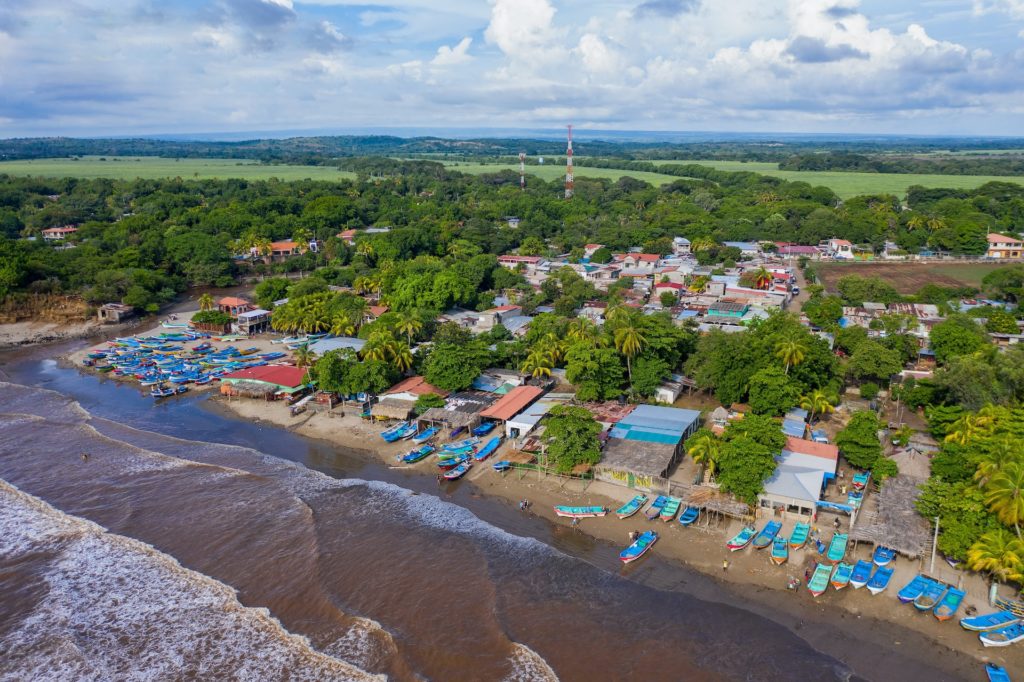Though quite small in terms of population, Nicaragua has boosted its economy with numerous trade pacts, agreements, and relationships. Let us look at some of the agreements

CAFTA-DR (Dominican Republic-Central America FTA)
The Dominican Republic-Central America Free Trade Agreement (CAFTA-DR) is the United States’ first free trade agreement with a collection of smaller emerging economies, including Costa Rica, El Salvador, Guatemala, Honduras, Nicaragua, and the Dominican Republic. CAFTA-DR encourages increased trade and investment relations, prosperity, and stability across the region and along our southern border.
Goods travel across borders and are manufactured into final products, trade under CAFTA-DR supports Made-in-America jobs and expands opportunities for well-compensated work.s the Pacific Economic Cooperation Agreement (PACER) Their region can compete better if they work together.
CAFTA-DR is trying to improve employee rights and working conditions throughout the area by enforcing labor safeguards to which its employees are entitled under national law. This includes ensuring that Guatemalan workers can exercise their rights under Guatemalan law during the first labor disputes under any free trade agreement. They remain dedicated to assisting Guatemala in achieving that goal and earning the benefits that come with upholding internationally recognized labor rights by executing the law.
Mexico- Nicaragua
The Declaration of Tuxtla Gutiérrez, which established a framework for trade relations between Central American countries and Mexico, was signed by the presidents of Costa Rica, El Salvador, Guatemala, Honduras, and Nicaragua, as well as Mexico, in January 1991. Countries reiterated their commitment to the formation of a free trade zone during the second Tuxtla Gutierrez Summit in 1996 and decided to continue working on bilateral or regional free trade discussions.
Negotiations for a free trade agreement between Mexico and Nicaragua began in 1991. Mexico and Nicaragua promised to complete these negotiations during the first semester of 1996 in the Joint Declaration and Plan of Action of the second Tuxtla Gutierrez Summit.
On December 18, 1997, in Managua, Nicaragua, the free trade agreement was signed. This deal replaced a bilateral partial scope trade agreement signed in 1985 that lasted until June 30, 1998.
Central American Integration System (SICA)
Since February 1, 1993, the Central American Integration System has served as the economic and political organization for Central American governments. The ODECA (Organización de Estados Centroamericanos) countries signed the Protocol of Tegucigalpa on December 13, 1991, expanding previous collaboration for regional peace, political freedom, democracy, and economic development. The General Secretariat of SICA is located in El Salvador.
Guatemala, El Salvador, Honduras, Nicaragua, Costa Rica, and Panama were all part of SICA’s institutional structure in 1991. Belize became a full member in 1998, while the Dominican Republic became an affiliated state in 2004 before becoming a full member in 2013. As regional observers, Mexico, Chile, and Brazil joined the organization, while the Republic of China, Spain, Germany, and Japan joined as extra-regional observers. SICA has a standing invitation to attend United Nations General Assembly sessions as observers, and it has offices at UN Headquarters.
The Latin American and Caribbean Economic System (SELA)
The Latin American and Caribbean Economic System (SELA) is a regional intergovernmental organization that brings together 28 countries from Latin America and the Caribbean. The Panama Convention founded SELA on October 17, 1975, with headquarters in Caracas, Venezuela.
Argentina, Barbados, Belize, Bolivia, Brazil, Colombia, Costa Rica, Cuba, Chile, Dominican Republic Ecuador, El Salvador, Grenada, Guatemala, Guyana, Haiti, Honduras, Jamaica, México, Nicaragua, Panamá, Paraguay, Peru, and others countries are members.
Its principal goal is to create a mechanism of consultation and coordination for the Latin American and Caribbean region to adopt shared positions and strategies on economic matters in international bodies and forums, as well as before third nations and groupings of countries.
It also attempts to promote collaboration and integration among Latin American and Caribbean countries.



